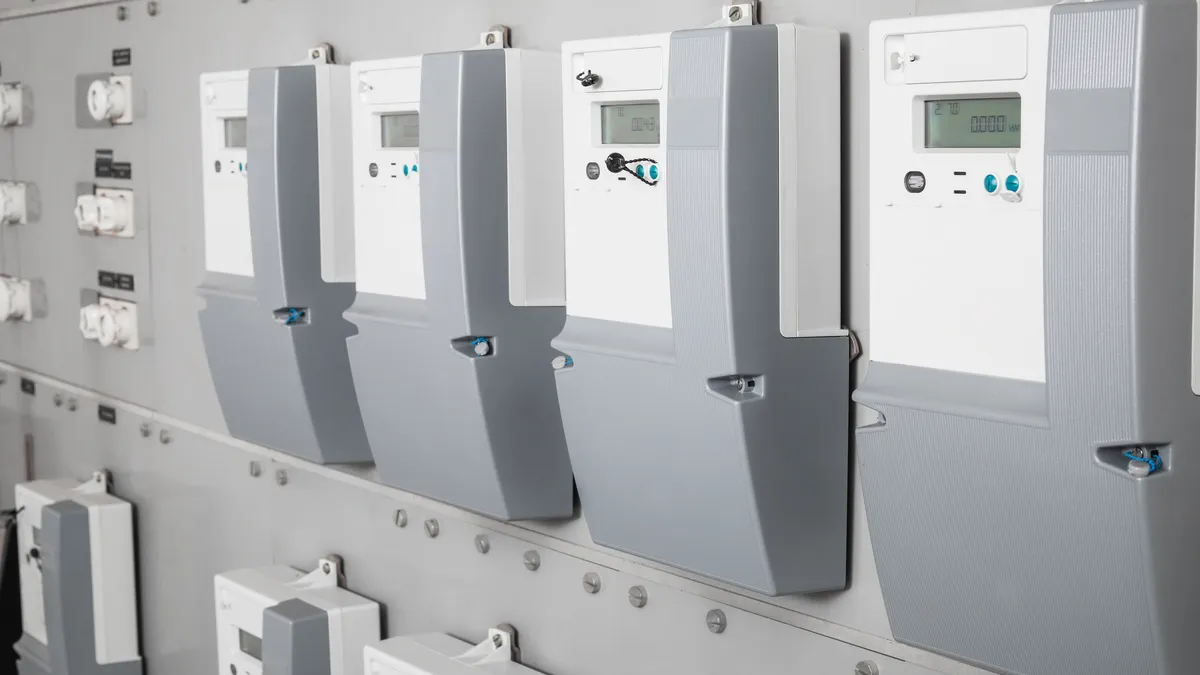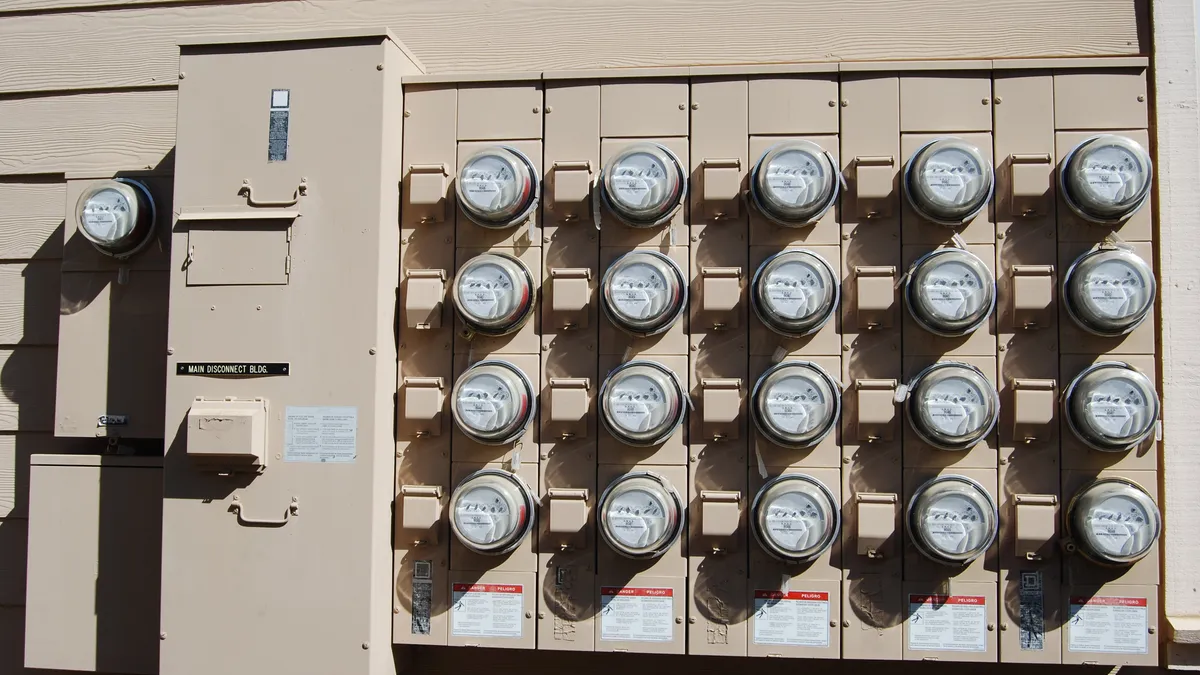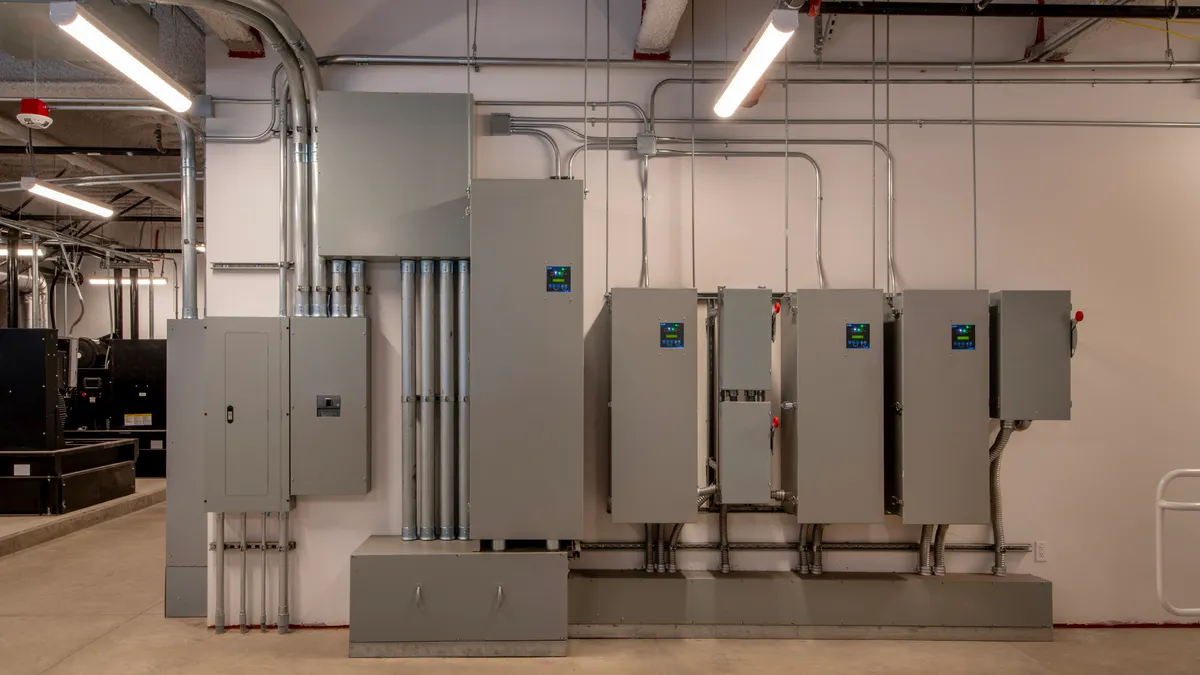Texas lawmakers have introduced legislation aimed at opening the state's energy markets to demand response and unlocking the potential of a resource that advocates say has been underutilized for years.
Reducing power consumption can help control up to 4% of the Electric Reliability Council of Texas' (ERCOT) peak load, FERC determined in a 2012 report. That's actually the lowest among organized markets in the U.S., but DR advocates believe it could reach as high as 15% if barriers are reduced. They say the development of DR in Texas has been hampered by caps on how much can be procured, limitations on who can participate in the electricity market, and technical requirements that are based on how generators operate rather than how loads are consumed.
“Demand response represents an extremely cost effective alternative to generation and some of the stakeholders are not moving forward,” Frank Lacey, chair of the Advanced Energy Management Alliance (AEMA), told Utility Dive.
The group, which backed the legislation introduced this week, is made up of demand response providers and supporters, and includes big names in the industry like Comverge and EnerNOC. But it also boasts Walmart, Alcoa and Century Aluminum as members.
On Thursday, Sen. Kirk Watson (D) introduced SB 1284 and Rep. Sylvester Turner (D) introduced HB 3343. The measures would require state regulators to promote the development of demand response participation in electricity markets and to remove regulatory barriers to provide reliability and economic benefits to the grid.
The bills also require the Electric Reliability Council of Texas to periodically study and report on the demand response opportunity and the amount of demand response participating in the market.
“Demand response is a low cost means to address the need for resource adequacy,” Turner said in a statement “Encouraging the growth of voluntary demand response could potentially provide cost savings and avoid the prospect of involuntary rolling outages.”
Demand response in the Lone Star State
The potential for demand response to grow in Texas has been known for some time.
Back in 2007, the American Council for an Energy-Efficient Economy (ACEEE) issued a report finding the “most pressing short-term policy concern in Texas is the rapid growth in peak demand.” The group said rather than construct more coal plants, the state should invest in demand-side and renewable resources.
Expanded demand response programs, combined with the demand reduction from energy efficiency investments, combined heat and power, and onsite renewables, would reduce the 2023 projected peak by 33%, ACEEE said.
After FERC's 2012 assessment found ERCOT could reduce its load by 4% at peak, a Brattle Group report last year determined there was roughly 2,500 MW of coincident peak reduction capability across all DR programs in ERCOT. Most of those programs target large commercial and industrial customers. The report determined “the programs are utilized on a relatively limited basis, being dispatched primarily as a last-resort option in response to concerns about system reliability.”
The Brattle report envisioned a broader set of DR programs that involved direct load control for residential and small business air conditioning, interruptible tariffs for medium and large commercial and industrial customers, and dynamic pricing for all customer classes. The firm said its suite of programs would more than double the peak reduction capability of ERCOT’s DR portfolio. Among the new DR options, residential direct load control, interruptible tariffs and dynamic pricing could each produce peak reductions of more than 1 GW.
“The residential class is relatively untapped currently, with very few DR options available to it, but with a significant portion of the summer peak being driven by its air-conditioning load,” the report found.
Legislation: Barriers and fixes
As Texas' population and economy continue to grow, AEMA believes demand response needs to be a key component in the state's overall portfolio. Technological advances and grid modernization efforts provide an ideal climate to increase demand response in Texas, the group said, and they are calling on the state's legislature to pass legislation that “promotes the widespread deployment of demand response in Texas and eliminates constraints that impede its growth.”
“Greater use of demand response in Texas will result in a more economically efficient, reliable and competitive electricity market while promoting a strong state economy and lower power costs for individuals and businesses,” according to a fact sheet on what AEMA would like to see Texas lawmakers do.
“Demand response can bring value to all of your constituents, result in lower electricity costs with at least as good if not better reliability,” Bruce Campbell, secretary of AEMA's board, said of the group's efforts.
The group has been advocating for legislation that will require ERCOT promote the development of demand response participation in electricity markets for all customers and remove regulatory barriers, as well as to periodically study and report on the demand response opportunity and market participation. The group also wants to ensure that all customers can contract with retail electric providers, demand response providers and ERCOT for demand response programs.
“It allows grid operators to reduce demand on system at critical times,” said Campbell, who is also the director of regulatory affairs for Johnson Controls. “Demand response is a really important component top keeping electricity costs down while providing reliability. It's a value proposition.”























